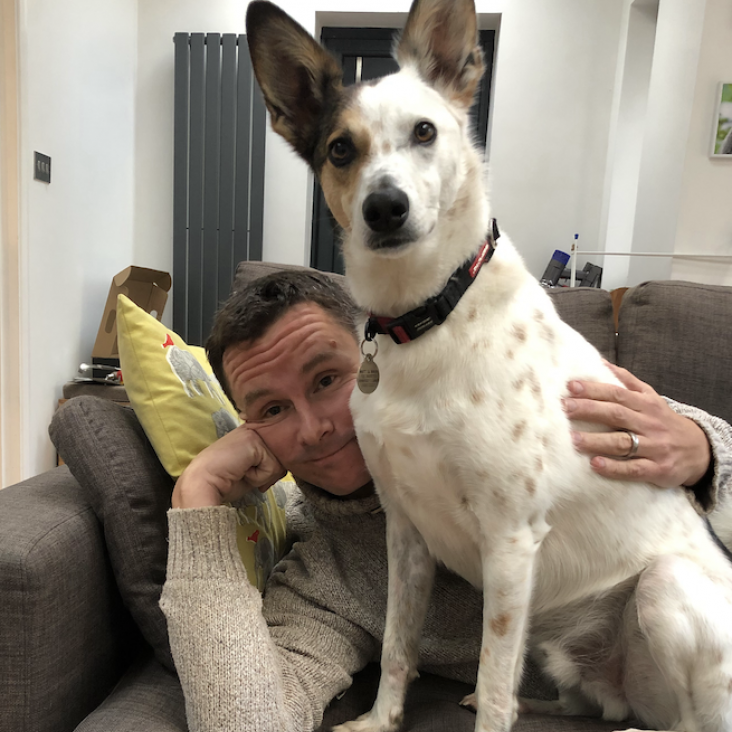Cosmology with the SKA -- overview
Abstract:
The new frontier of cosmology will be led by three-dimensional surveys of the large-scale structure of the Universe. Based on its all-sky surveys and redshift depth, the SKA is destined to revolutionize cosmology, in combination with future optical/ infrared surveys such as Euclid and LSST. Furthermore, we will not have to wait for the full deployment of the SKA in order to see transformational science. In the first phase of deployment (SKA1), all-sky HI intensity mapping surveys and all-sky continuum surveys are forecast to be at the forefront on the major questions of cosmology. We give a broad overview of the major contributions predicted for the SKA. The SKA will not only deliver precision cosmology -- it will also probe the foundations of the standard model and open the door to new discoveries on large-scale features of the Universe.


